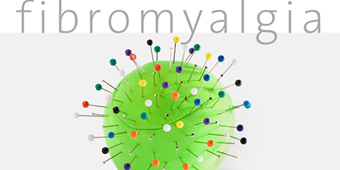Spinal Stenosis Is a Pain In the Neck (And Back)

Answer a few questions and we'll provide you with a list of primary care providers that best fit your needs.
Your spinal cord is a bundle of nerves that runs from your brain down the center of your spine. When something occurs to put pressure on your spinal cord, those nerves can get pinched. This is spinal stenosis.
What Causes Spinal Stenosis?
In general, spinal stenosis is a result of general wear and tear on your back. Your risk increases with age; it occurs mostly in people older than 50.
Possible causes include:
- The bones in your spine expand, usually from osteoarthritis
- The disks between your vertebrae become herniated
- The ligaments that run along your spine become thicker
- Tumors have formed in or near your spinal cord
- Trauma (car accident, for example) damages your vertebrae or spine
- Tissue near your spine is swollen after back surgery
- Infection
- Your spinal canal is smaller than usual
What Are the Symptoms?
Symptoms of spinal stenosis are due to the pinched nerves that result from the pressure on your spinal cord. This can lead to pain, numbness, or tingling that radiates down your arms or legs. In severe cases, it can cause weakness or even bowel or bladder incontinence.
While the disease can affect all areas of the spine, it most often occurs in the neck or the lower back.
Because spinal stenosis develops slowly over time, initially you may not even realize you have it. It’s also possible to not have any symptoms.
Your doctor will use some type of imaging to determine if you have spinal stenosis. In some instances, your doctor may inject liquid dye into your spinal column to see it better.
How Is It Treated?
Unless your symptoms are severe, your doctor likely will prefer a conservative approach to treatment. This would include physical therapy, pain management tactics, and injections. In some cases, oral medications such as non-steroidal anti-inflammatories, or oral steroids, are used. The treatment is focused on relieving your pain and expanding the area where the spinal cord (and the nerves within the spinal cord) are pinched.
Regular exercise is also an important part of treatment. Under the advice of your doctor, exercise will keep muscles strong, improve flexibility, reduce pain, and help you feel better overall.
If your symptoms are severe, your doctor may recommend a more aggressive treatment. Although surgery is a last resort, it’s sometimes necessary, especially if your symptoms are severe. The procedure aims to remove whatever is pressing on your spinal cord and causing the nerves to be pinched.
Refusing treatment is not recommended because spinal stenosis can worsen over time. Although it is rare, if left untreated, spinal stenosis can cause permanent numbness, weakness, balance issues, incontinence, or paralysis.
To learn more about spinal stenosis, talk to your doctor or health care provider or search for a provider.
Answer a few questions and we'll provide you with a list of primary care providers that best fit your needs.
Source: Arthritis Foundation; Medline Plus (US National Library of Medicine); American College of Rheumatology




